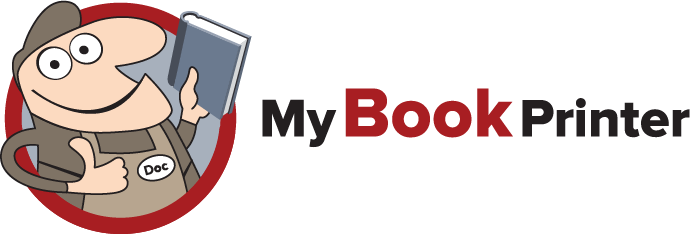
Printing Knowledge:
Understanding Printed, Bound, and PDF Proofs
A proof is a sample of a commercial printing project that is used to check for errors and make sure that the final product will be of high quality. There are three main types of proofs in the printing industry: Printed, Bound, and PDF Proofs.
Hard Printed Proof
A hard proof is a physical representation (or completed sample) of the printing project. Hard proofs are typically printed on the same type of paper and using the same printing methods that will be used for the final product. Additionally, hard proofs can also be bound to show how the binding will be performed. This allows the proof to be as close as possible to the final product, allowing for a more accurate assessment of its quality. Hard proofs are often used for projects that require precise color accuracy and a physical representation.
Soft PDF Proof
A soft proof, on the other hand, is a digital version of the proof that is viewed on a computer screen. This type of proof is typically a PDF file that can be easily shared and reviewed by multiple people. Soft proofs are often used for projects that do not require as precise color accuracy or a physical representation.
Both hard and soft proofs are important for ensuring the quality of a commercial printing project. Hard proofs allow for a more accurate assessment of the final product, while soft proofs are more convenient and can be easily shared with others. In either case, it is important to carefully review the proof and make any necessary adjustments before proceeding with the final printing.


